Let’s walk through a tough one from Gage, Oklahoma. A 1952 Cessna 170B, tailwheel, 180-horse Lycoming up front, ended up inverted along the edge of the ramp on a clear November morning. Two people were aboard. Both died. The facts were straightforward, and the story they told was about decisions, not mechanical failure.
Who Was Flying—and With What Experience
Right off the bat, this was not a normal operation. Neither occupant held an FAA pilot certificate. The airplane’s owner sat in the right seat; a friend sat in the left. FAA records showed no certificates for either, and that meant there were no required recent flight experiences, no medicals, and no verified training history to lean on. We also didn’t have logbook data—no total hours and no time in the make and model to frame their proficiency. In short, the pilot qualifications were effectively zeroed out, and we had to assume little to no structured training. The aircraft itself wasn’t in great administrative shape either: the registration had lapsed a year prior, and maintenance records weren’t available to investigators. On top of that, there was no ELT installed.
Morning Conditions and the Airfield Picture
Weather did not stack the deck. It was day VMC, clear skies, ten miles of visibility, winds out of 180° at 15 knots gusting 22. Gage Airport has a paved 17/35 and a parallel turf strip roughly 1,650 by 70. Nothing exotic there, though a gusty morning can make any tailwheel airplane feel lively, especially close to the ground. The big takeaway is that conditions were flyable. The atmosphere didn’t force this accident.
A Short Hop, Circuits, and a Final Return
The day started with the 170 departing Vici (5O1) just before 0700 and landing turf at Gage around 0726. After a brief stop, they launched again at 0803, flew south about a mile and a half, overflew the field, and came back to land. Then, at 0816, they departed again from the turf, appeared to make a touch-and-go, tracked north less than a mile, and turned back toward the airport. GPS captured the final point just 265 feet north of the eventual impact and only about 34 feet above the ground—basically in the pattern on short final.
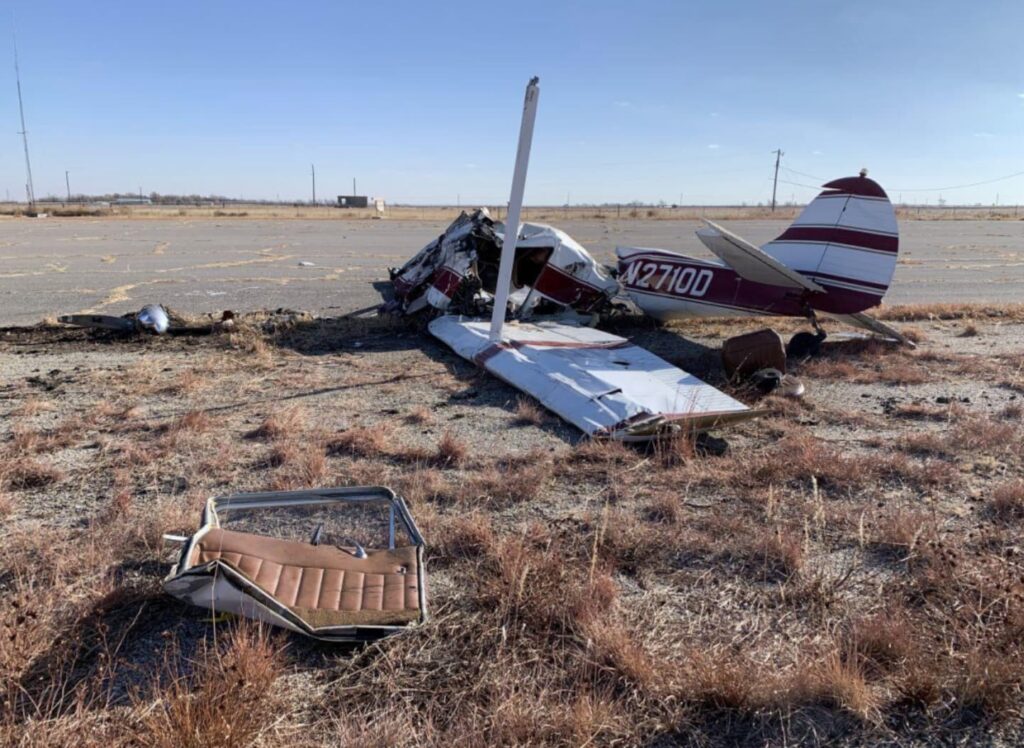
A Witness View: Porpoising, Flaps, and an Unstable Energy State
A witness saw them taxi out earlier with the owner in the right seat and the friend in the left. The engine sounded fine; the witness thought flaps were extended on takeoff. What stood out was the pitch control: after liftoff the airplane “porpoised,” then rolled into a steep left turn and headed north. That porpoise matters. In a tailwheel Cessna, a porpoise on departure is a signal that pitch and energy management are out of sync—too much angle of attack, too little speed discipline, or just chasing the nose with trim and control inputs. It set a tone. The airplane later appeared aligned for the turf on final when the witness heard the impact.
The Impact and the Wreckage
The 170 hit nose-low near the west edge of the paved ramp, leaving a short ground scar just north of the main wreckage. The prop separated at the scar—classic signs of power and rotational energy meeting terrain. The nose and engine were crushed upward and aft; both wings showed leading-edge crush along the span. Control continuity was intact, and investigators didn’t find pre-impact failures. This looked like a loss of control in the pattern, not a machine letting go.
Toxicology: An Overwhelming Impairment Picture
The impairment evidence was stark. The right-seat owner, who had a prior FAA medical denial and a neuropsych evaluation in 2015 that flagged cognitive deficits, had very high ethanol levels postmortem and multiple central nervous system depressants on board, including phenobarbital, cetirizine/hydroxyzine, doxepin, and others. The left-seat occupant also had ethanol at impairing levels, plus alprazolam and citalopram. There’s no judgment here—just physiology: these substances degrade reaction time, coordination, situational awareness, and decision-making. In combination, the effects stack. The NTSB could not determine who had the controls at the end—both showed hand and arm injuries consistent with holding them—but the level of impairment meant neither was capable of safe flight.
Why the Airplane Flew Like It Did
Match the witness account with the toxicology and you get a logical picture. Extended flaps on an early lift-off can mask marginal airspeed with added lift but adds drag that has to be paid for with power and pitch management. A porpoise hints at over-controlling around the longitudinal axis, likely chasing speed on the backside of the power curve. Gusts to 22 would widen the speed band, making a sloppy approach quickly unstable. Without training and without a pilot certificate, the control inputs required to stabilize that energy state were a big ask—especially with degraded cognition and motor skills. On final, a small sink or yaw could put the airplane into a nose-low, wing-loaded condition right where there’s no altitude buffer.
Probable Cause and the Human Core
Investigators called it what it was: a loss of control on final approach by non-certificated pilots. Contributing factors were the right-seat owner’s impairment from alcohol and multiple depressant medications layered onto his baseline cognitive limitations. No mystery systems failure, no sudden gust out of spec. The airplane did what physics said it would do. The risk came from the people and the decisions leading up to the flight.
Safety Takeaways You Can Use Tomorrow
First, certificates and training matter. They aren’t bureaucracy; they’re a baseline of skills and judgment for exactly these moments—pitch/energy management with gusts near the ground, flap discipline, and the hard call to go around. If you don’t have the training, the pattern is not the place to experiment.
Second, impairment is a no-go. The “eight hours from bottle to throttle” adage is obsolete if medications or prior intake are in play, and the FAA’s 0.04 g/dL limit is not a target to flirt with. Practical takeaway: if there’s any question about alcohol or sedating meds, the keys stay on the hook. Many common prescriptions—antihistamines, anti-anxiety meds, some antidepressants—have “do not operate machinery” warnings for a reason. In aviation, the margins are thinner.
Third, configuration and energy management: use flaps with intent. On departure, set a known flap position that matches your POH/STC guidance and be ready to clean up with a positive rate and stable pitch. On final, if the picture isn’t right—airspeed wandering, sink uncoupled from throttle, nose chasing the horizon—go around. There’s no prize for salvaging a bad approach, and tailwheel airplanes are particularly honest when you mismanage energy close to the ground.
Fourth, administrative discipline signals operational discipline. A lapsed registration and missing ELT aren’t causal, but they’re often co-travelers with a loose safety culture. If you’re inheriting or borrowing an airplane, verify paperwork and maintenance currency as part of your risk picture. It’s not just compliance—it’s a proxy for care.
What I’d Have Wanted to See Instead
If this were a training sortie, it would have started with a qualified instructor in the left seat, a confirmed airworthy airplane with logbooks in order, and a conservative plan for a gusty morning—briefing speeds bumped for gusts, a stabilized approach gate, and explicit go-around criteria. The first hint of porpoising or PIO on takeoff would have led to a full-stop landing and a debrief: trim, flap setting, rotation discipline, and the right pitch/power pairs. Then we’d either regroup or call it for the day.
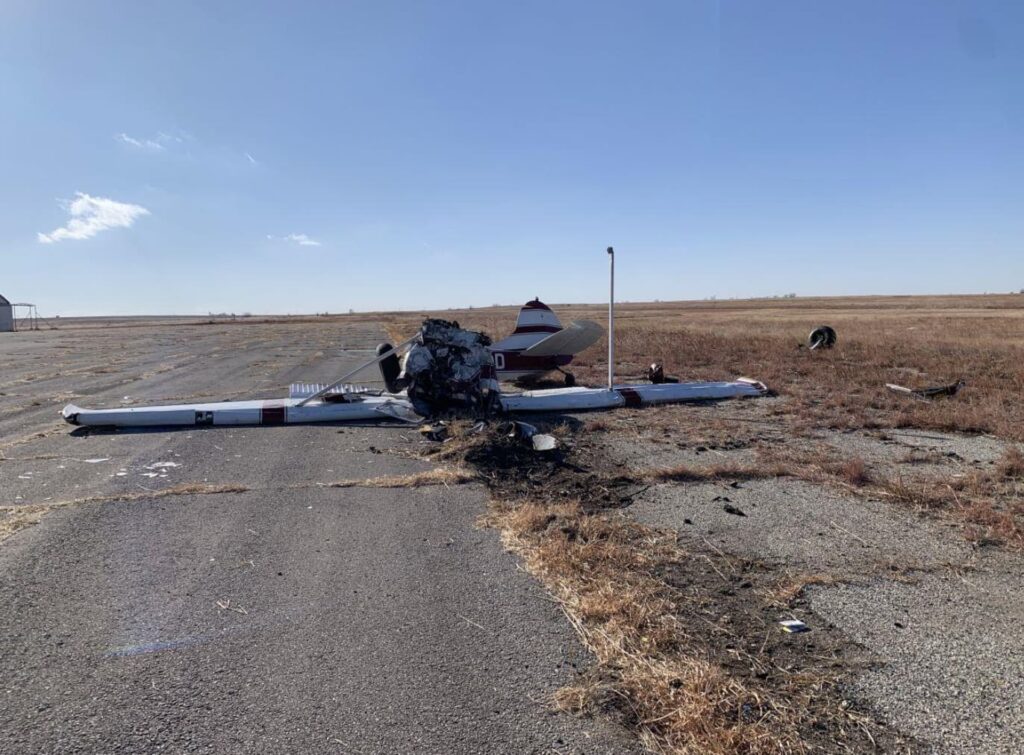
Closing the Loop
This accident didn’t hinge on an obscure system or a freak meteorological quirk. It read like a case study in how impairment, lack of qualifications, and small technique errors add up. The airplane was flyable; the morning was clear. But decisions built a narrow path, and gusty air in the pattern provided the final nudge. For the rest of us, the lesson was simple and durable: be legal, be trained, be sober, and be willing to go around.

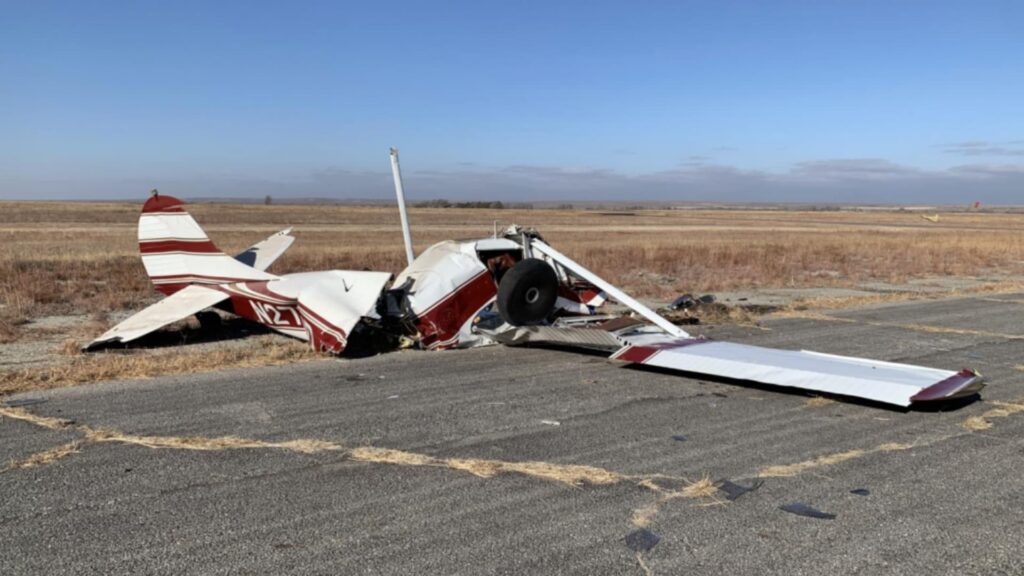



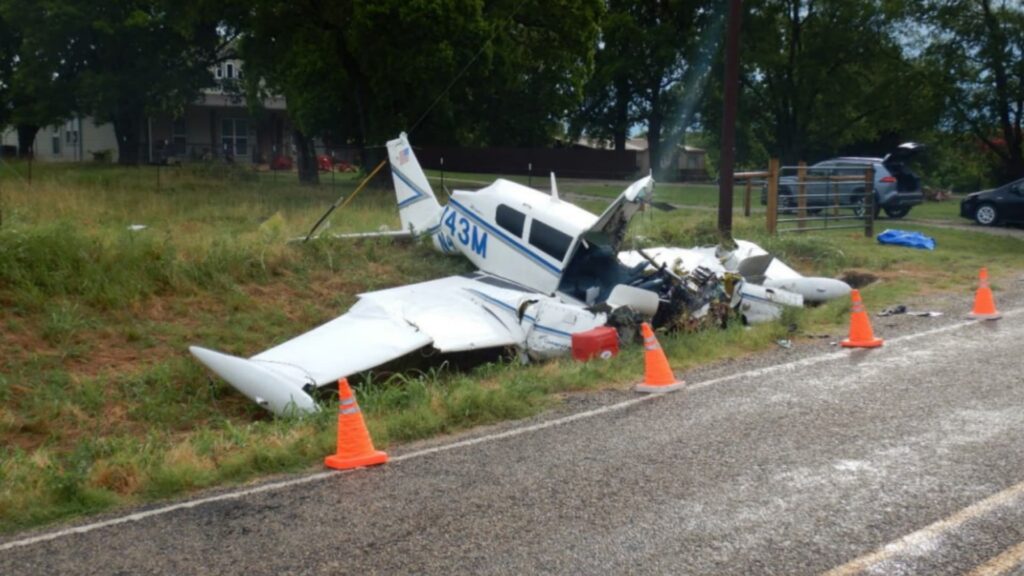
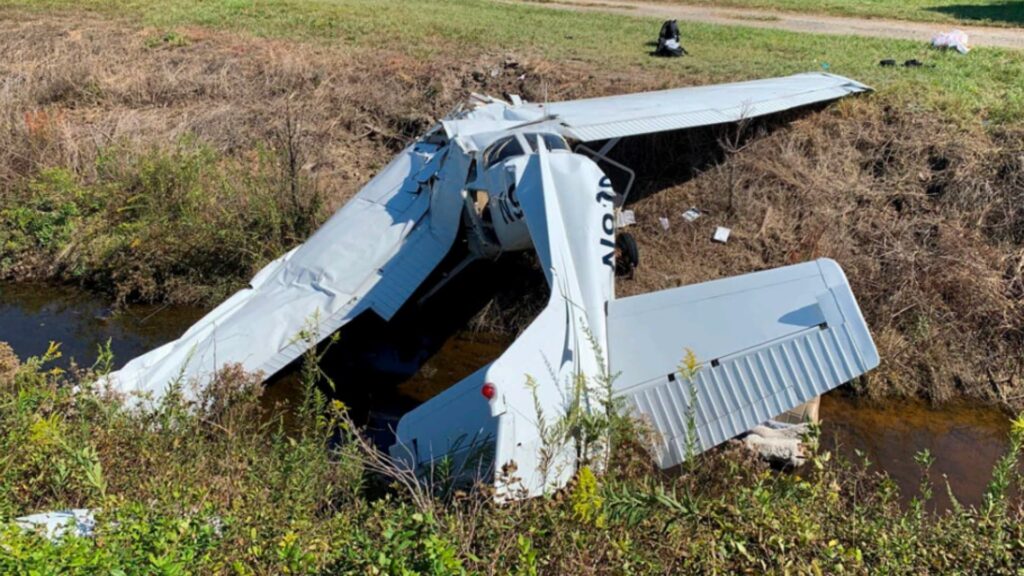
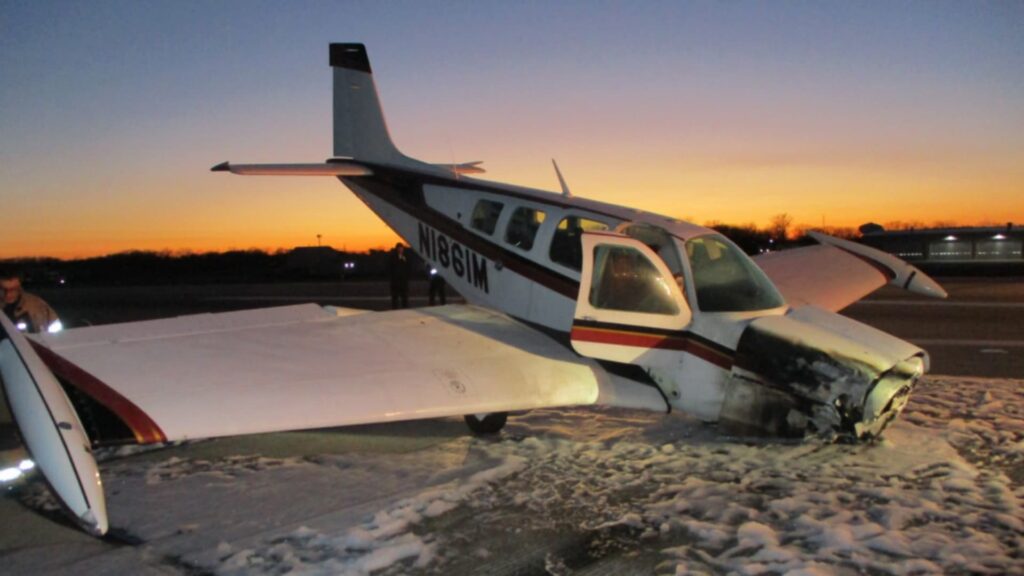
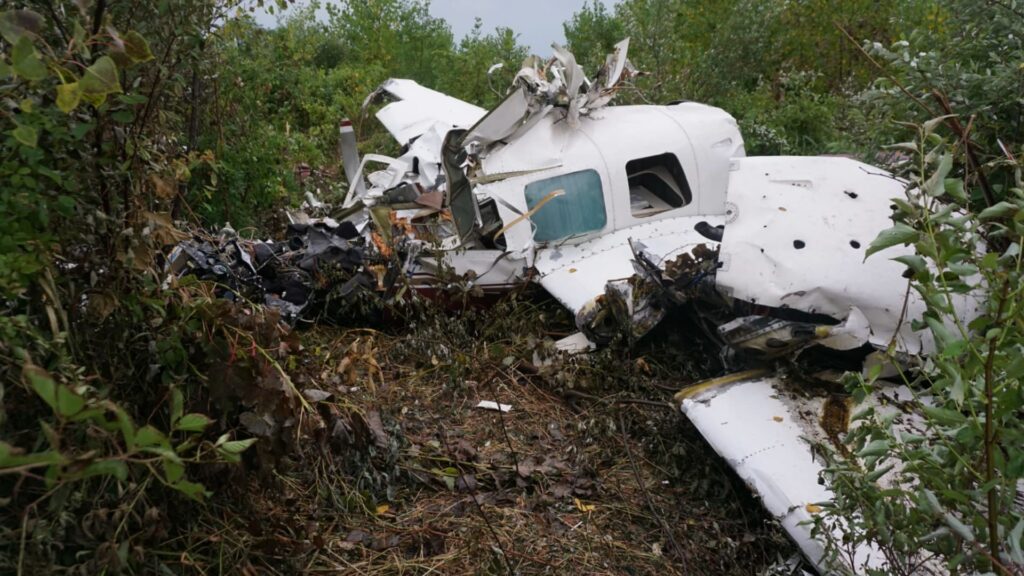
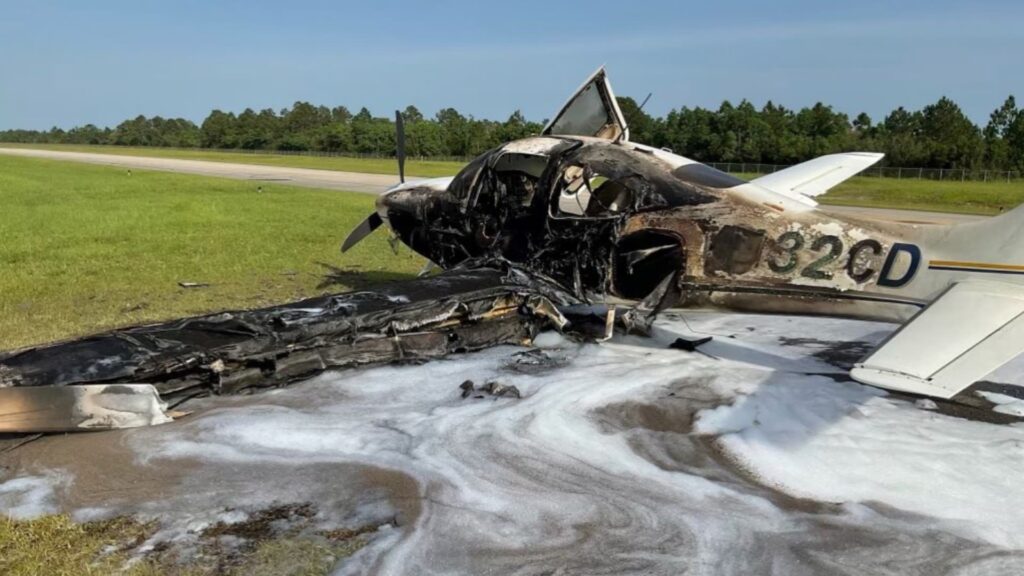

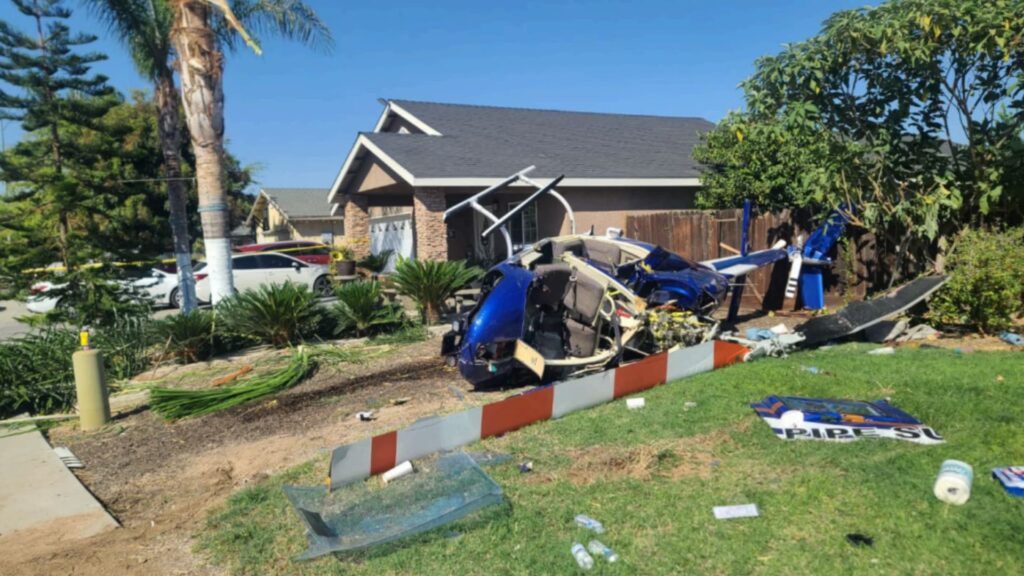
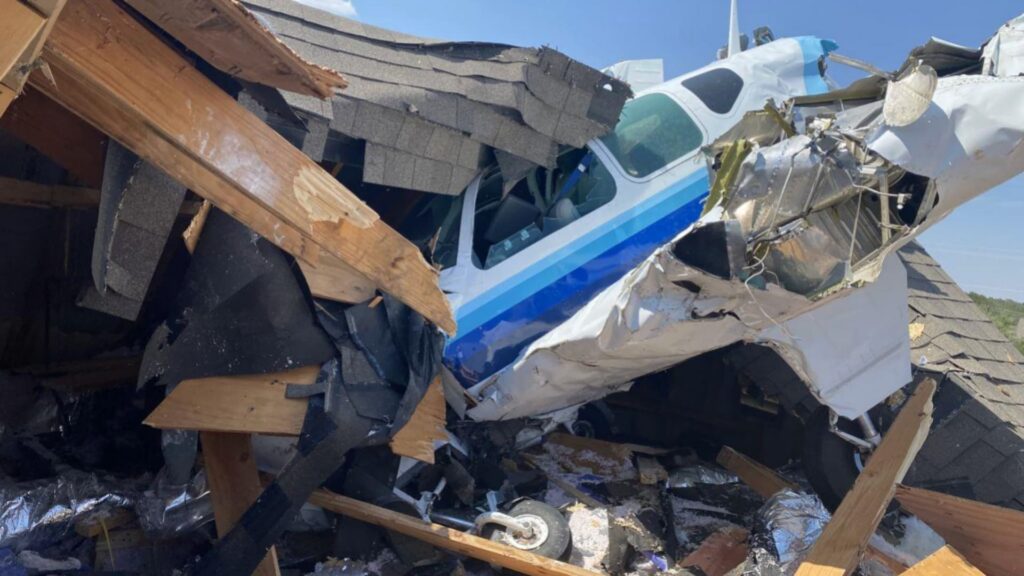
3 Comments
Is there no information on the victims’ ages? There usually is in these reports.
I think you’d make a good NTSB investigator Hoover! You’re good at it and seem to enjoy ferreting out the facts. Maybe a later career for you?
I’d prefer more facts, less “obvious” finger-pointing. The facts will speak for themselves; the obvious mistakes are just that- obvious. Almost seems like an “Aviation 10 o clock news” drama. That’s what I like about the NTSB reports; no drama, just facts.
“A porpoise hints at over-controlling around the longitudinal axis” – shouldn’t it be “around the lateral axis”?